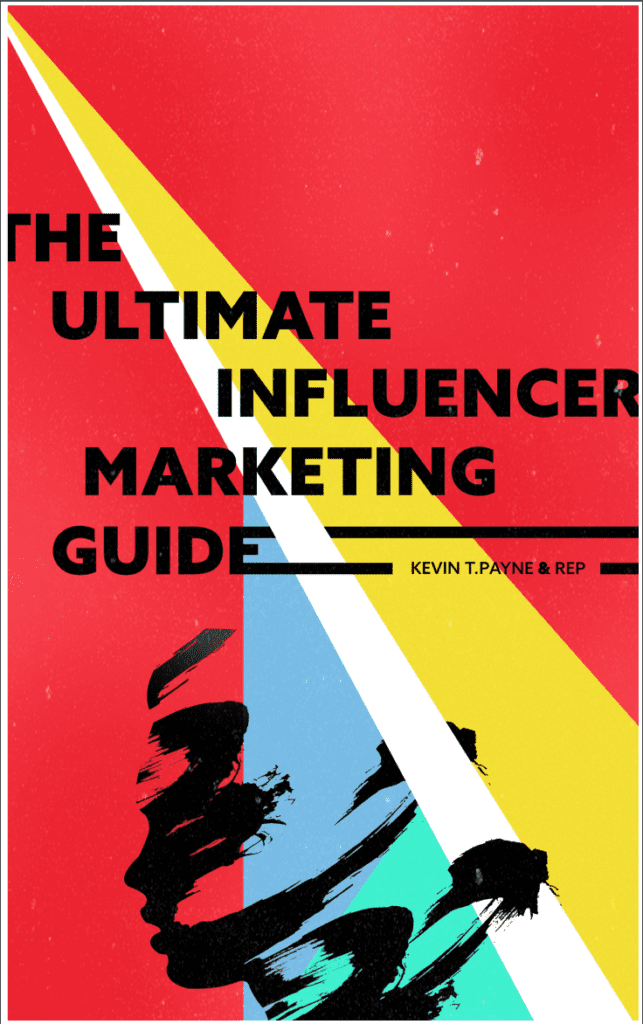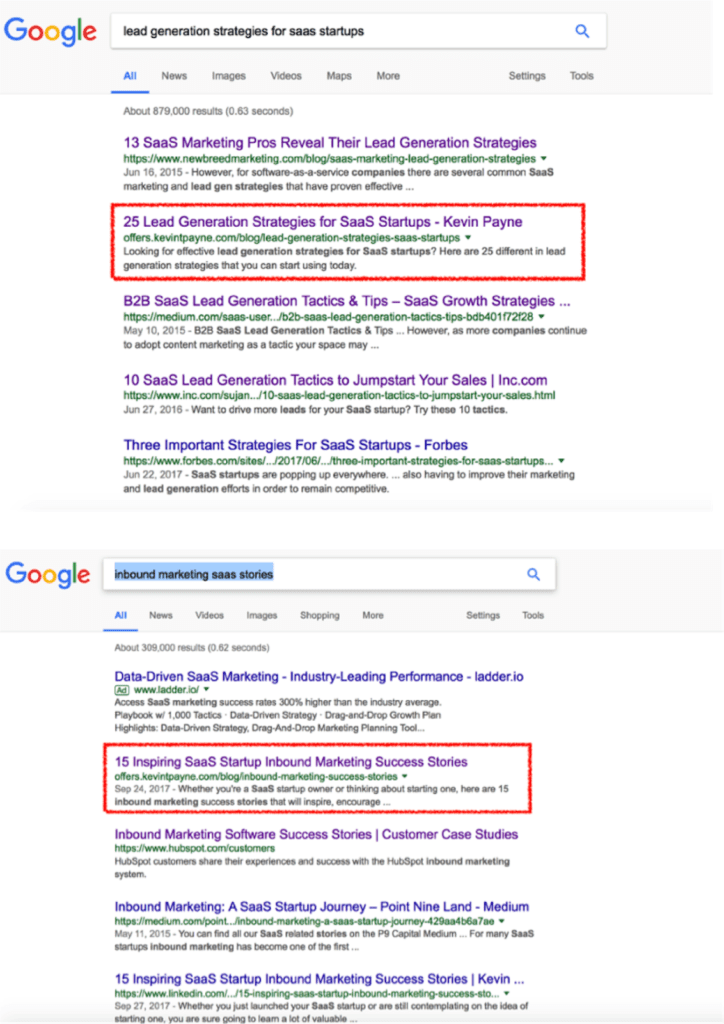The Ultimate Influencer Marketing Guide For Startups
Learn the fundamentals to successfully collaborate with influencer
Creating an influencer marketing strategy offers a host of benefits for software companies of all sizes. However, these benefits don’t come without any challenges because each influencer audience is different.
The way you approach an influencer has to be different based on the type of content they create and the size of their audience. It’s very important to segment influencers into 3 categories: macro-influencers, micro-influencers, and nano-influencers.
Plan Influencer Marketing Campaign
Indeed, a lot of the challenges you will boil down to one reality: you currently aren’t equipped with the knowledge of creating a successful influence marketing strategy.
Luckily you can learn influencer marketing strategies not found online anywhere else from a CMO of Repped.io (an influencer marketing platform).
Finding Your Industry Influencers
One upfront piece of advice… The content an individual publishes on social media can often be misleading for marketers looking for influencers with whom they can collaborate on their influencer marketing campaigns.
Determine Expected Influencers ROI
78% of marketers point to their ability to concretely measure the ROI of their influence marketing strategy to be the number one challenge they face. Learn what really matters!
This guide will help you learn and understand the fundamentals of creating a stable strategy to help you get these influencers on your side so that you can cut through the noise, get heard, and be noticed.
- 81% people trust information they read from blogs owned by influencers.
- 63% people say that they are more convinced to buy a product or service that is mentioned in an influencer’s blog than elsewhere.
- 61% people will purchase a product or service based on an influencer’s recommendation.






















